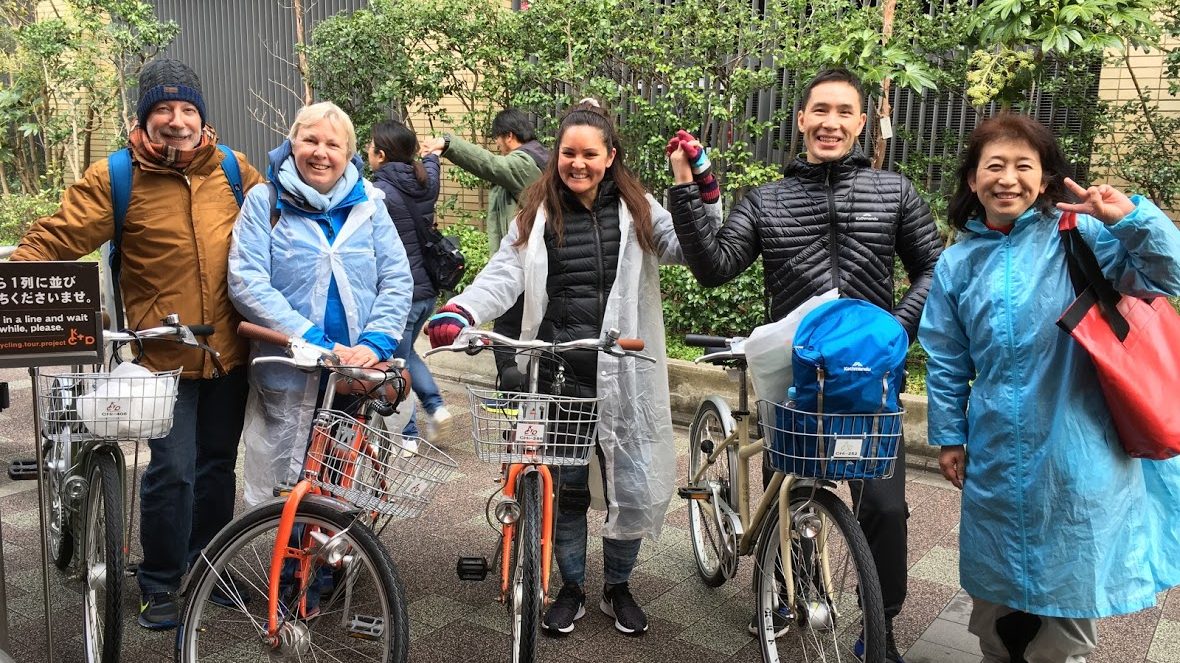
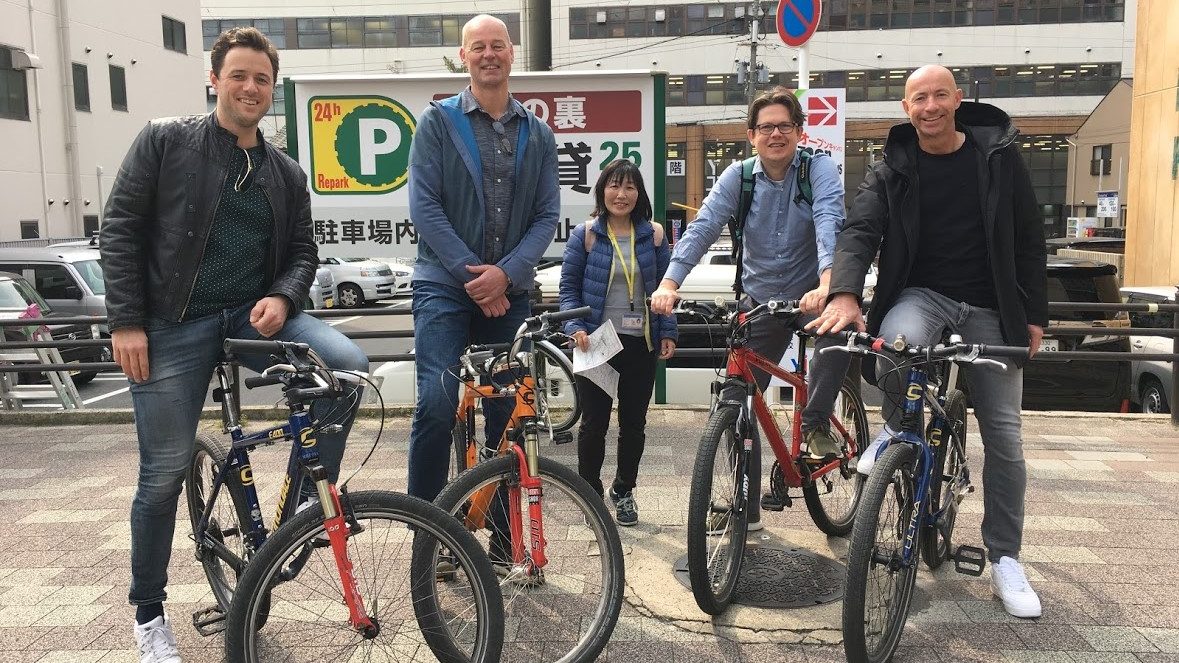
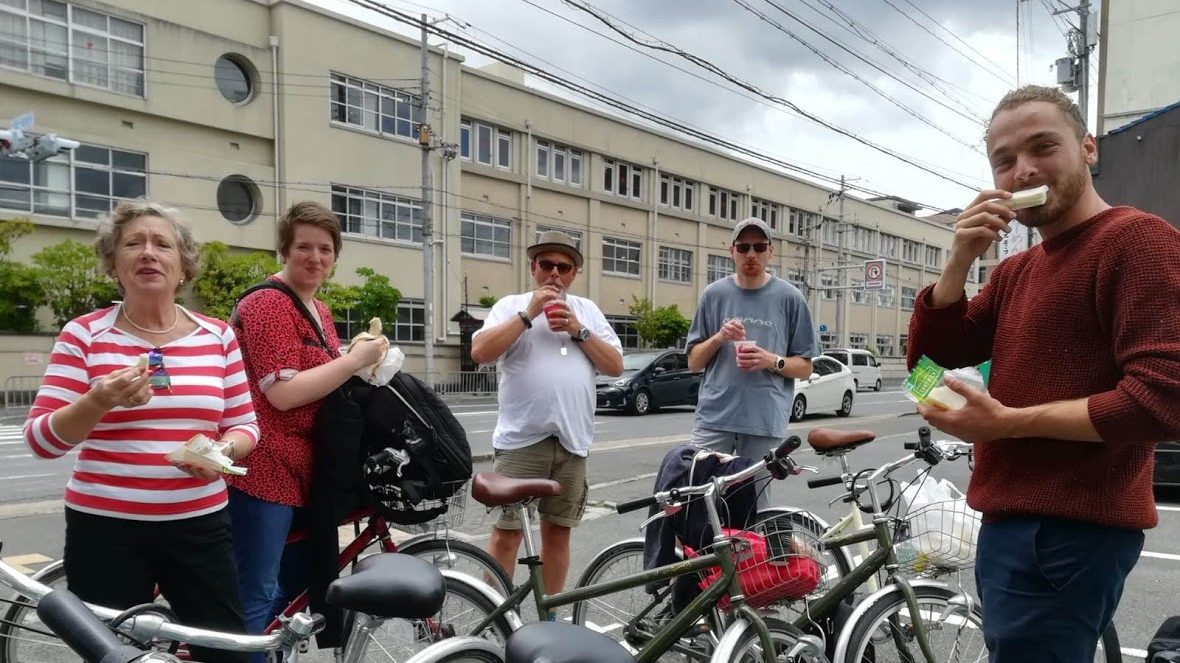
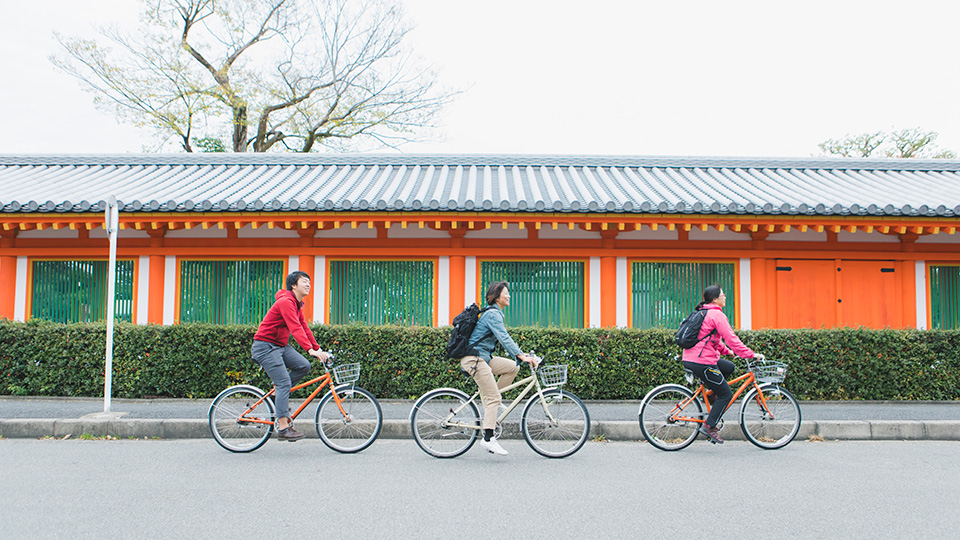
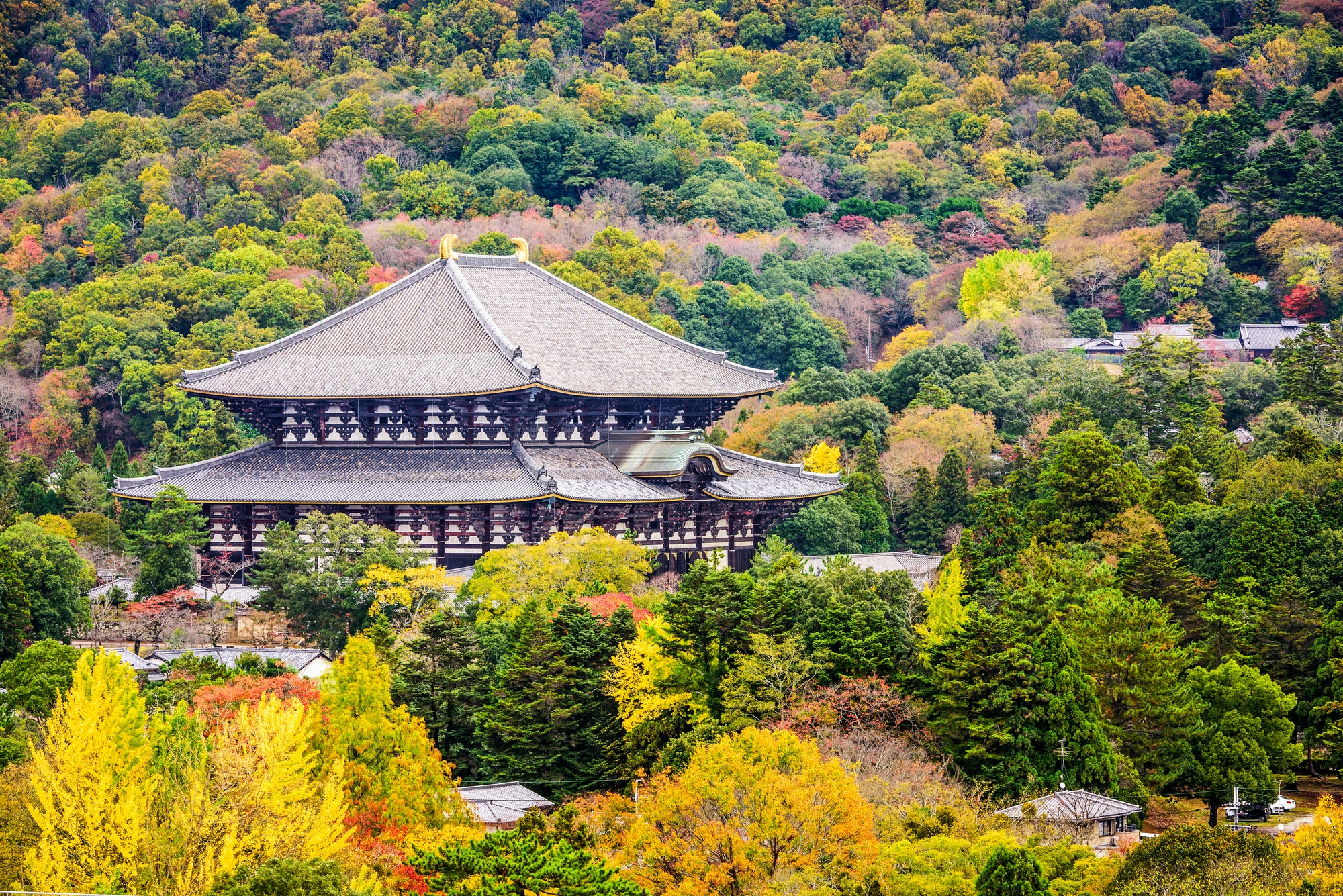
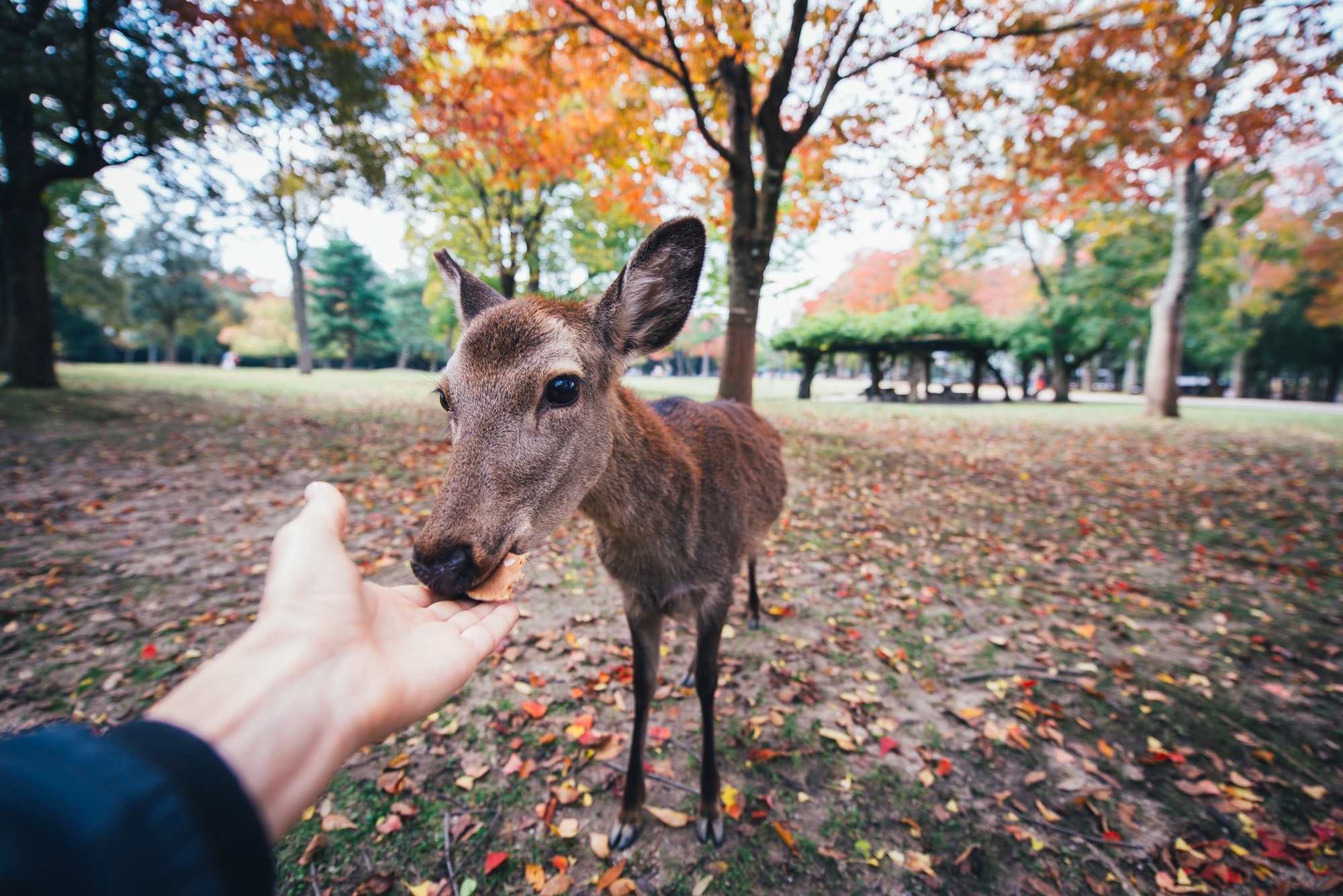
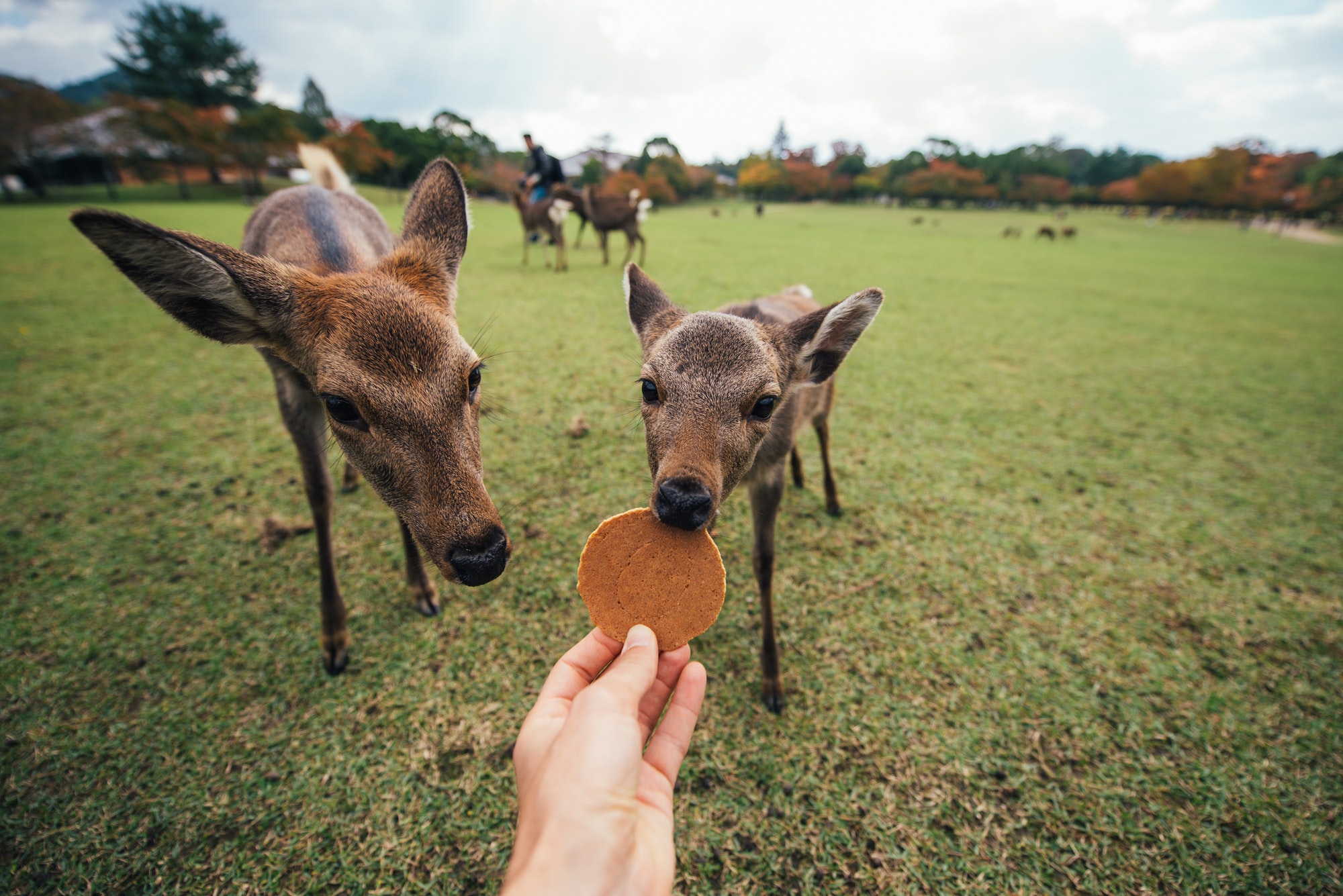
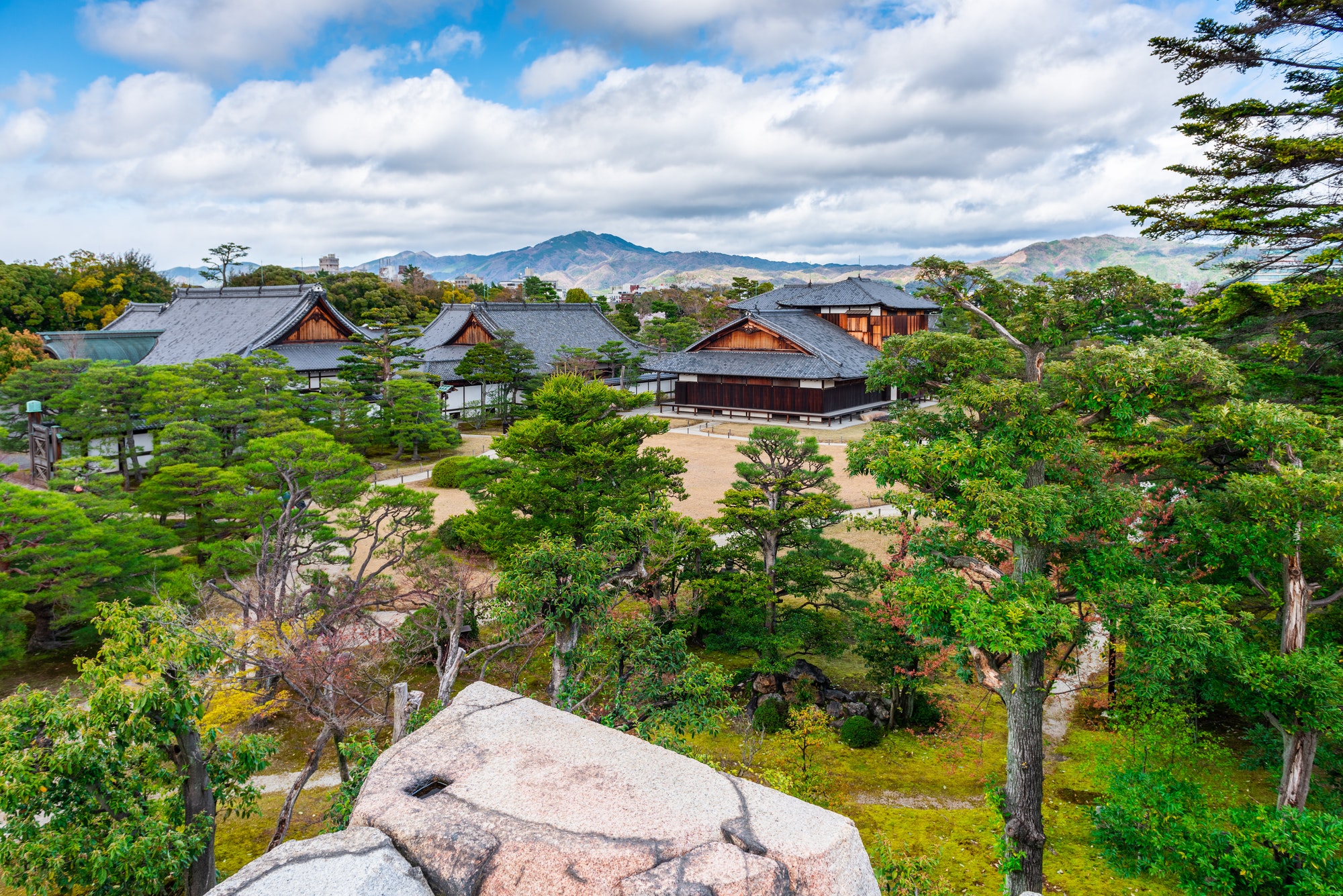
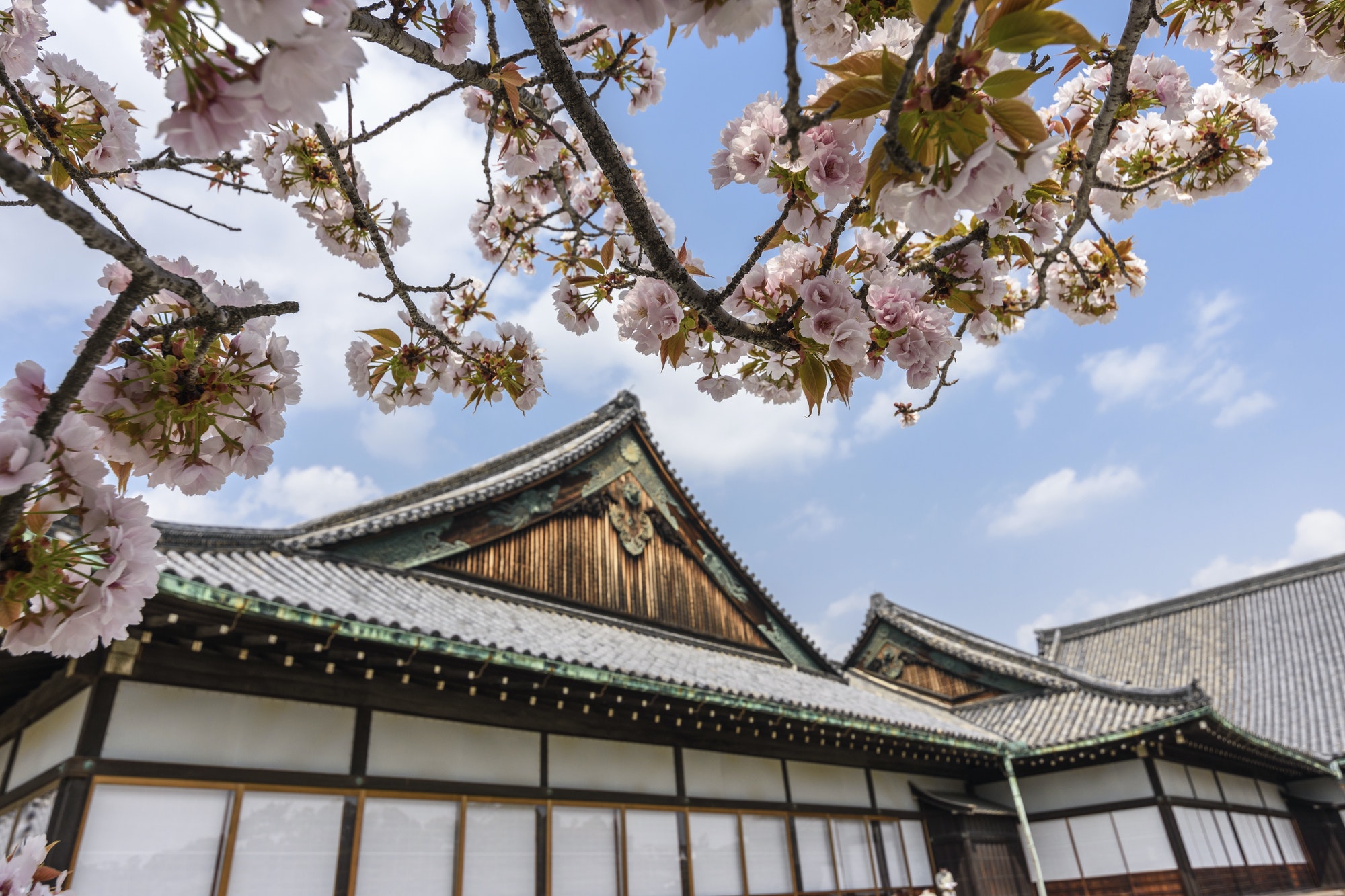
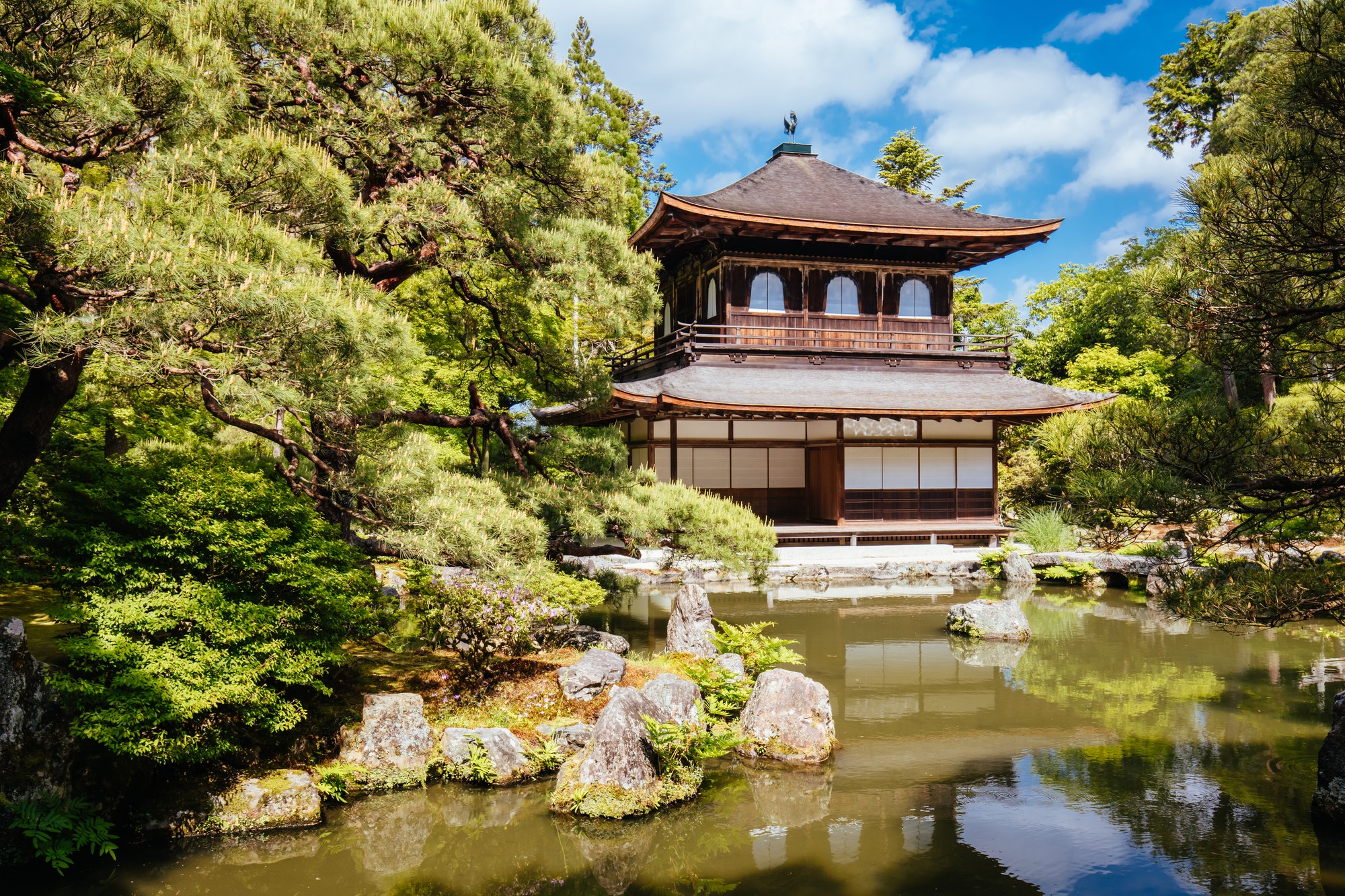
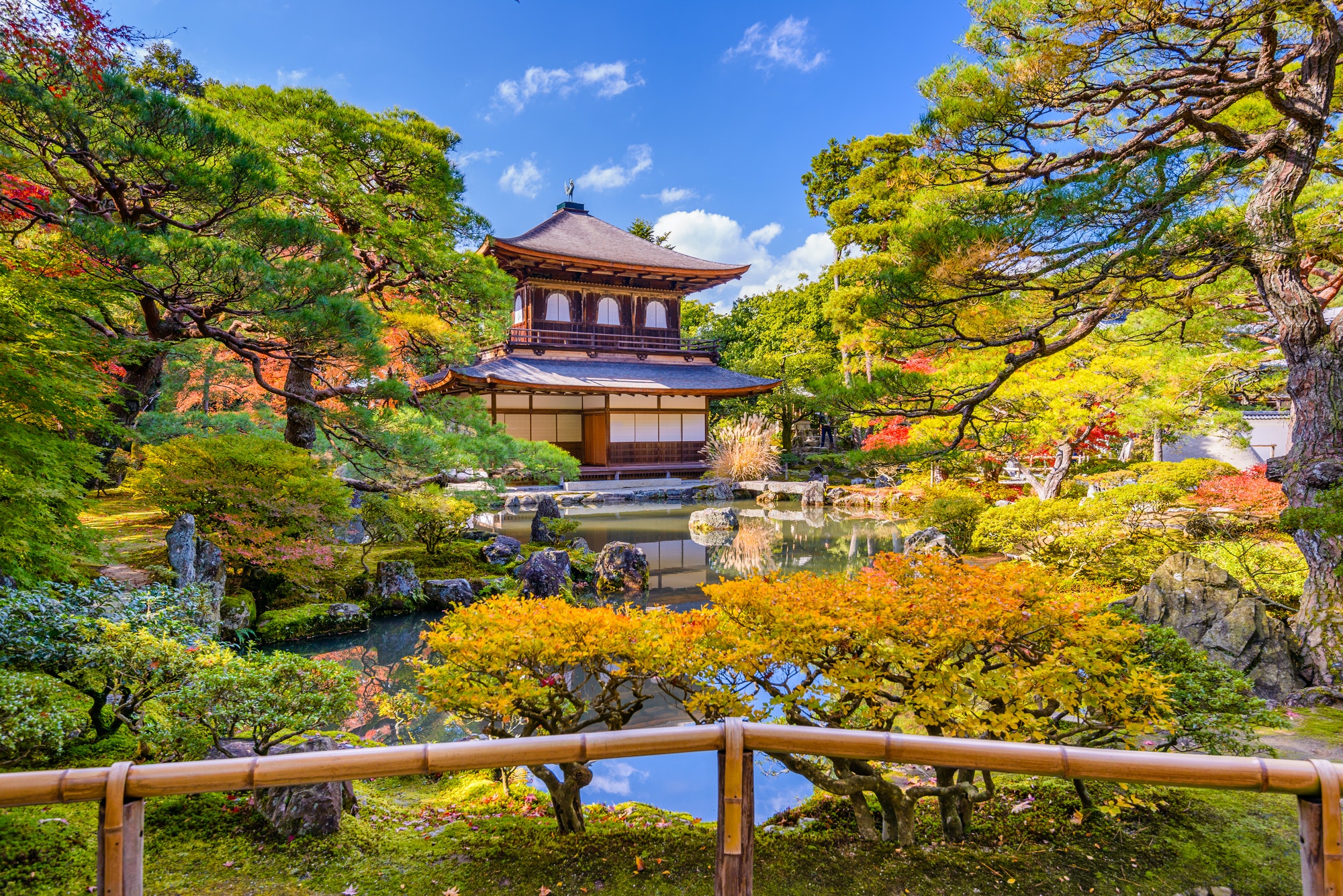
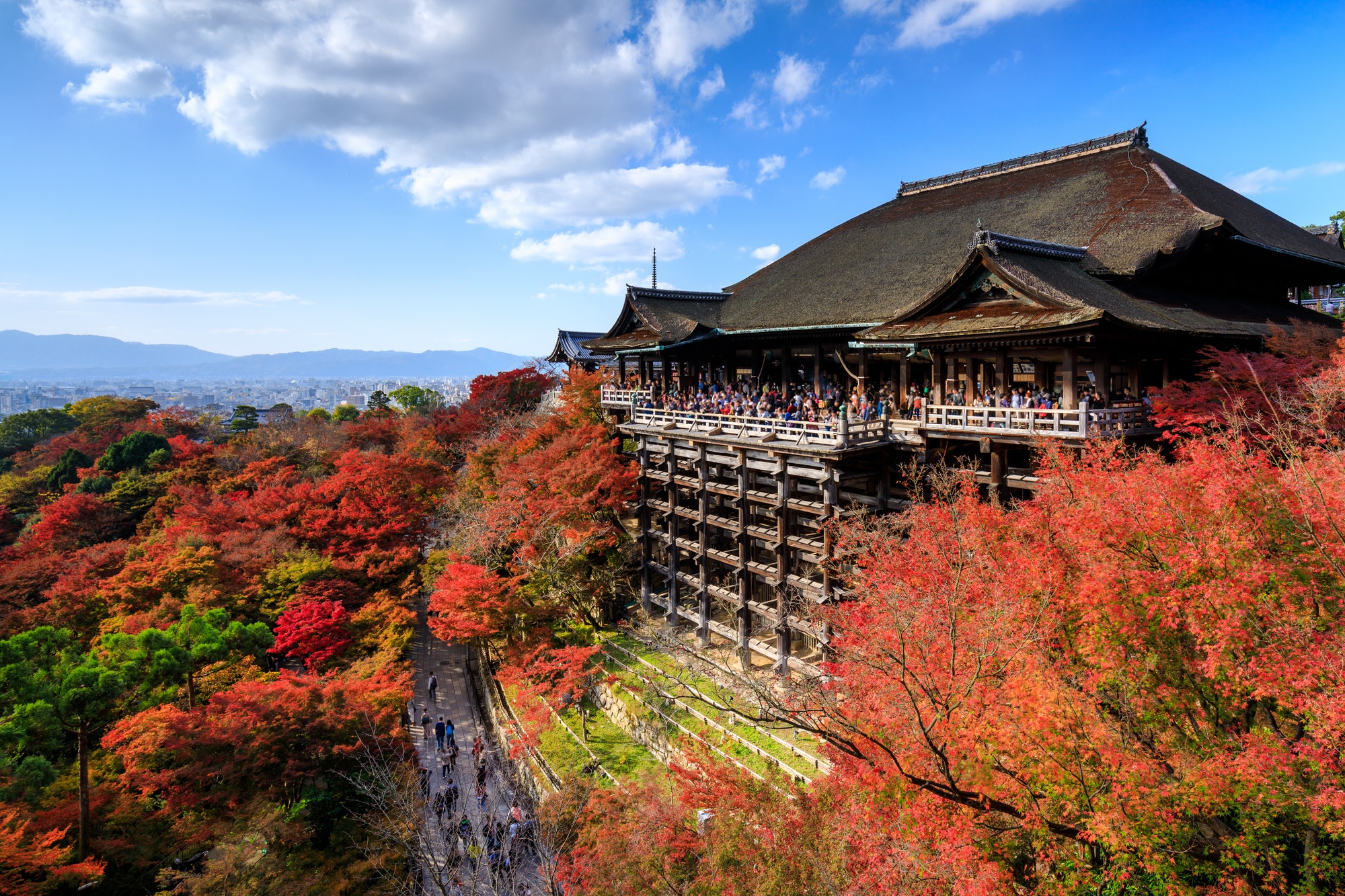
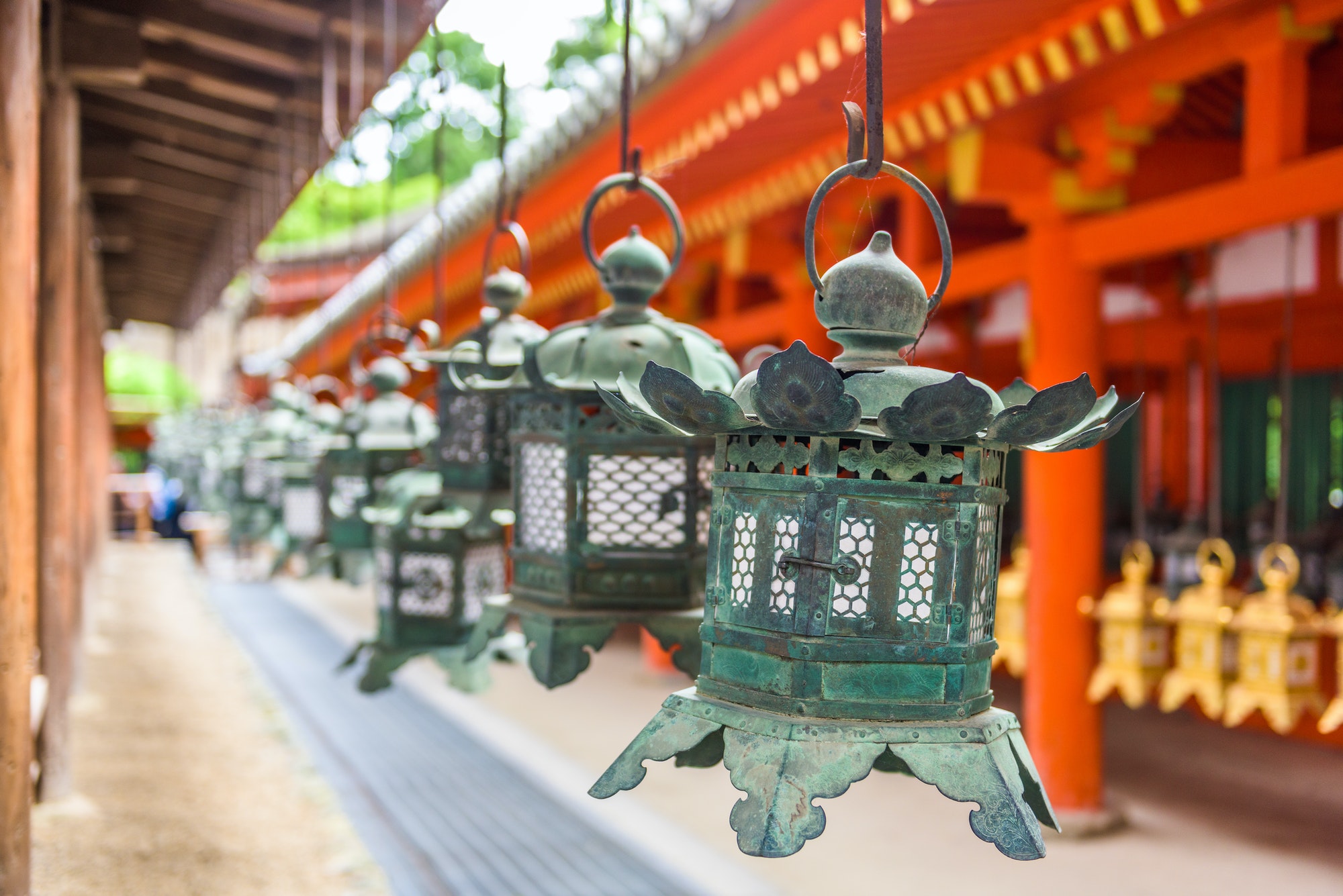
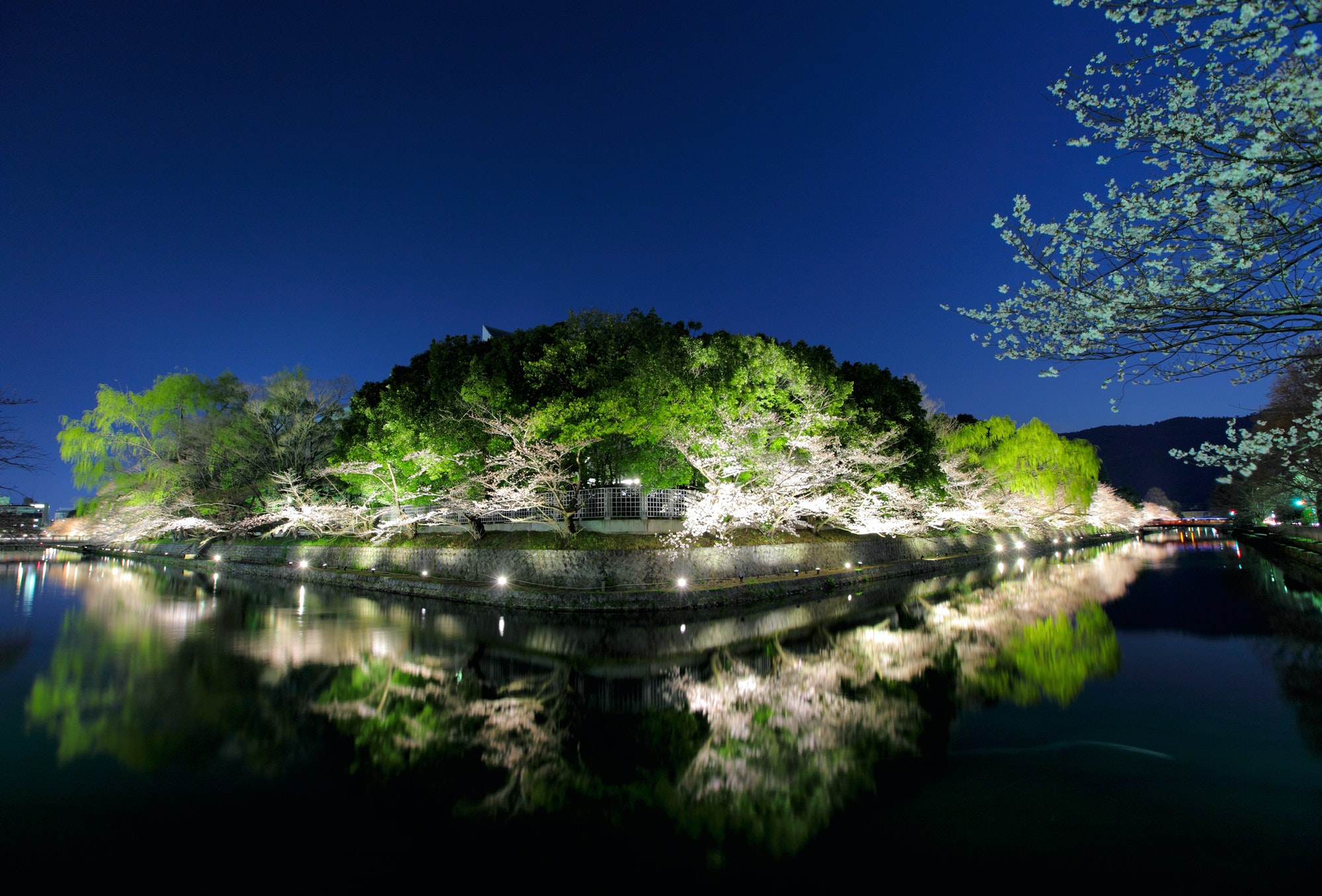
Kyoto, Nara and Shiga are all great places for a scenic ride, Kyoto and Nara with many narrow traditional alleyways and Shiga, home to the largest lake in Japan, Lake Biwa.
It is a private tour which is organized by independent application, so you can enjoy your own private tour with your partner, family members or friends.
Of course our tour guide will pay attention to your pace and support your safety ride. From children to elderly, everybody can enjoy cycling tour!
Highlights
Looking at doing other itineraries? We can do an order made cycling tour for you. Price will depend on the places visited but will not be too much different from the ready-made tours.
For more information please enquire with Experience Japan team!
Meet at Kyoto cycling terminal (5 min walking distance from Kyoto Station) – Map of how to get there will be provided to you before departure.
Nishi-Hongan-ji Temple is designed to impress. The finest example of Momoyama-era(1568-1598) architecture in Kyoto, the temple features large buildings, elaborate gates with gold trim, gilded altars, painted statues, and a host of other items deemed National Treasures, including the oldest Noh stage in Japan.
Nijo Castle was constructed in 1603 as the residence of Tokugawa Ieyasu. Ninomaru Palace (a National Treasure), built in the shoin-zukuri (library-style) of samurai of the Momoyama Period, contains gorgeous paintings on the walls and sliding doors. It was here that the last shogun, Tokugawa Yoshinobu, restored the emperor to his ancient seat of power in 1867.
The Kyoto Imperial Palace is the former ruling palace and was the residence of the Imperial Family until the mid 1800’s. The area consists of beautiful gardens and hallsand can only be accessed when taking part in a guided tour
Lunch time
Ginkakuji Temple was built by Ashikaga Yoshimasa as a mountain villa in 1482, Jishoji Temple was later converted into a temple. The Ginkaku, or “Silver Pavilion,” with its simple, noble design, is a National Treasure. It is also known as Kannon-dono (Kannon Palace). Togudo (Buddha Hall), also a National Treasure, is a relic of early shoin-zukuri, or library style.
Rest at Philosophers Walk: The Philosopher’s Walk is a pleasant stroll path that runs alongside a canal in the shadow of the eastern mountains between Ginkaku-ji Temple (the Silver Pavilion) and the Nyakuoji Bridge. The Walk is renowned across Japan for its beautiful spring cherry blossoms, which overhang the path like a canopy. The path was a favorite place for several well-known figures, including the famous philosopher Nishida Kitaro.
Free time at Kiyomizu Temple: Established in 778, this temple has continuously attracted worshipers. The temple contains buildings from the 15th to 17th centuries, including Jishu – jinja Shrine. The Main Hall (Hondo), built in the “stage” style, is noted for its beautiful background scenery which changes with the four seasons – including the cherry blossoms and greenery of spring, and the leaves of autumn. Built atop a precipice, the main hall, which is a National Treasure, is famous as the “Kiyomizu Stage” – affording a magnificent view of the city below. The temple precincts contain fifteen buildings designated as Important Cultural Properties, including the inner Temple (Okunoin), Amida Buddha Hall (Amidado), and the three-tiered pagoda.
Return to Kyoto cycling terminal
Overnight at a local hotel in Kyoto
Meet at Kyoto cycling terminal again for your day of cycling. Your bicycle will be transported by a van from Kyoto to Nara.
Kofukuji: Another World Heritage site originally built in 730, the five-storied pagoda is a symbol of the Deer Park. The existing pagoda was last rebuilt in 1426 after being damaged in a succession of civil wars.
Todaiji: World Heritage site Todaiji Temple, contains various pavilions and halls, including many designated as national treasures of Japan. Among them, the “Daibutsuden Hall” is the world’s largest wooden structure, and the home of the popular “Great Buddha of Nara” weighing 250 ton.
Lunchtime
Nigatsudo is a Buddhist temple which is part of Todaiji, not frequently visited by foreign guests, however it is currently designated a National Treasure. It is accessible with approximately 70 steps and is a great place for reflection, away from the hustle and bustle of the city.
Kasuga Taisha Shrine is a UNESCO World Heritage Site, established in 768AD and is most famous for its bronze and stone lanterns that lead up the shrine.
Naramachi‘s literal translation is Nara Town and is the former merchant district of Nara with rows of traditional buildings with wooden latticework. Streets of Nara-machi still retains its traditional atmosphere of the early 19th century town.
Return to Kyoto cycling terminal.
Overnight at a local hotel in Kyoto
Please note: There are times during this trip you are required to carry the foldable bicycle on local trains. The bag in which you can carry the bicycle will be provided but it weighs approximately 10kg. If you prefer for it to be transferred by a courier van throughout, additional cost applies.
Option 1 (visits castle town of Omihachiman and ride through the rural part of Shiga) (Riding distance 35km: 8 hour day)
Omihachiman is a castle town built in the 15th century on the eastern shore of Japan’s largest lake, Lake Biwa.
Hachiman Bori moat acted as a canal going around the base of Mt Hachiman and through the Omihachiman town, making it a hub of ship transport. The area is preserved as a national important preservation district due to the custer of historic buildings. The area is often used as a set for samurai movies also.
Himure Hachiman Shrine has been named after in 275AD, Emperor Ojin visited this Shrine and saw two sun disks. Two of the biggest fire festivals in the world Zagicho Matsuri and Hachiman Matsuri is held here every year and are considered nation’s intangible folklore cultural asset.
Lunchtime
Mount Hachiman Ropeway was built where the Hachiman Castle was originally built and goes up to the observatory which has a view of Lake Biwa as well as the city of Omihachiman.
The tour will continue the scenic west lakeside route of Biwa and ride through the rural, countryside of Shiga.
You will then ride back to the Lake Biwa before visiting a small local cafe which is also a pottery studio for homemade afternoon tea.
Option 2 (ride around the Lake Biwa) (Riding distance 30km: 7 hour day)
You will cycle around the Lake Biwa, visiting various sites, some historical and some scenic, such as a hilltop lookouts, the largest bridge in the country over a lake, Biwako Ohashi andKarasuma Peninsula.
Tour can either finish at Kyoto or you can choose to stay on. We recommend staying the night at Ogoto Onsen which is a lovely hot spring (onsen) town close by. Please let us know should you wish to organise this with the tour.